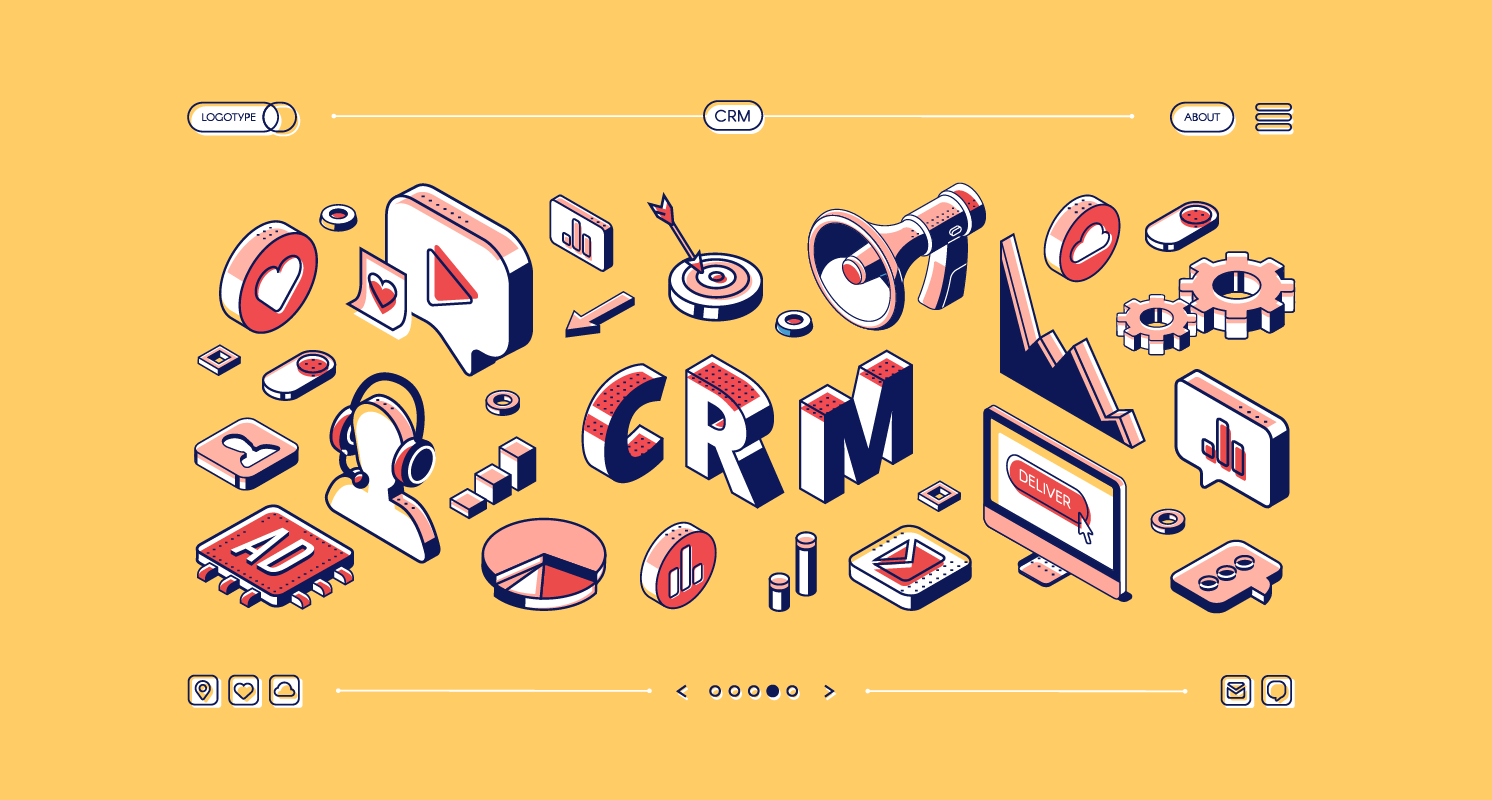
One of the primary functions of a customer relationship management (CRM) system is to compile and link all of the information that a company has about its customers. After that, the system provides users with access to the data, allowing them to see what happened at each point of contact. This understanding allows for the creation of a detailed profile of the customer and the establishment of long-lasting ties with them.
Customer data can also be used to populate incentive compensation models, sales forecasting, territory segmentation, campaign design and product innovation as well as sales, marketing and customer service activities. In order to increase sales and profits, CRM software and tools streamline the process of interacting with customers, resulting in a higher number of deals closed, better customer relationships built over time, and a rise in customer loyalty.
- Who can benefit from CRM?
- What’s the point of Customer Relationship Management?
- CRM features and benefits
Who can benefit from CRM?
In the past, CRM software was viewed as a tool for sales. Although these solutions have been around for a long time, they’ve recently expanded their scope and become an integral part of marketing, e-commerce, and customer service efforts.
Continuously acquiring and analyzing customer data, as well as applying the resulting insights to strengthen relationships and improve business outcomes, is what gives customer relationship management its power. “We value and appreciate your business,” can be said by any employee who interacts with customers.
What’s the point of Customer Relationship Management?
CRM software enhances customer relationships by providing exceptional customer service. What do you want to accomplish? The goal is to increase customer acquisition and retention by delivering experiences that encourage customer loyalty. In five key ways, customer relationship management (CRM) contributes to these experiences as both a strategy and a tool.
-
It answers the most basic questions customers have
New customers can be acquired, sold, and maintained through the use of customer relationship management (CRM). Many types of data are collected and organized by these systems so that you can better understand and respond to (or even anticipate) your customers/prospects’ inquiries.
-
Organize customer information
Bad decisions are made because of a lack of access to and understanding of customer data. Automated customer data storage, tracking, and validation will allow sales and marketing teams to improve customer engagement strategies and build stronger relationships.
-
It automates sales process
In order to increase sales, sales force automation makes the selling process more efficient. AI and unified customer data are used to automate the sales process by recommending best actions to sellers in the best CRM systems.
-
It aligns sales and marketing together
Customer relationship management (CRM) helps marketing and sales work together more effectively to increase sales and revenue. Increased sales productivity and marketing ROI can be achieved when sales and marketing are aligned.
-
Customize your advertising campaigns
Websites, social media, email, online events, etc. are all ways customers and potential customers get in touch with you. Sadly, many companies find it difficult to coordinate their marketing efforts across these various channels. You can achieve increase in conversions and stronger customer relationships by marketing teams using CRM systems. Messages can be aligned across digital customer channels.
CRM features and benefits
One of the fastest-growing categories of enterprise application software is customer relationship management. From 2020 to 2027, the CRM market is expected to grow at a CAGR of 11.1 percent, from $41.93 billion in 2019 to $96.39 billion in 2027.
With CRM solutions, more businesses are gaining new customers, enhancing their sales pipelines, increasing productivity and enhancing customer service. Problems with cost overruns, CRM integration hiccups, and system limitations have plagued many. These problems can be avoided, and a customer-centric strategy can help ensure success.
It is imperative that businesses understand their customers and potential customers’ solution/product preferences, customer service needs and purchase history in order to provide the best service possible. This perspective should be provided by a high-quality CRM system. Using dashboards that have been fine-tuned, you can easily access all of your data from a single location.
You can also use CRM solutions to run targeted marketing and lead generation campaigns. All cross-channel interactions, from engagement to purchase, can be tracked and analyzed using these systems. Cloud CRM solutions that have matured are able to do more. In order to support the entire customer journey, they are seamlessly integrated with back-office solutions.
Your CRM system can provide the 360-degree customer view required for a truly integrated omnichannel experience. This is because it manages prospect and customer engagement points across all channels.